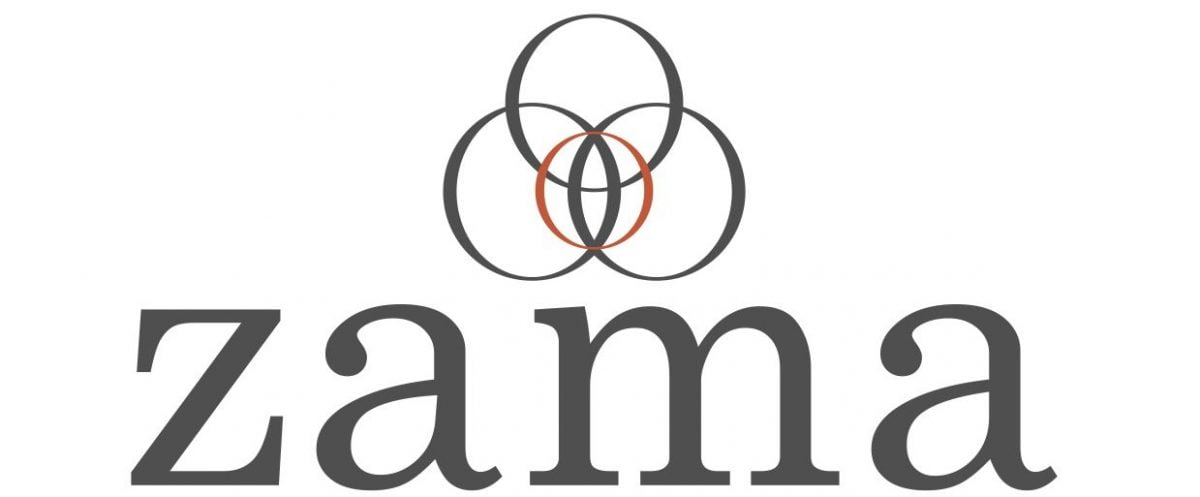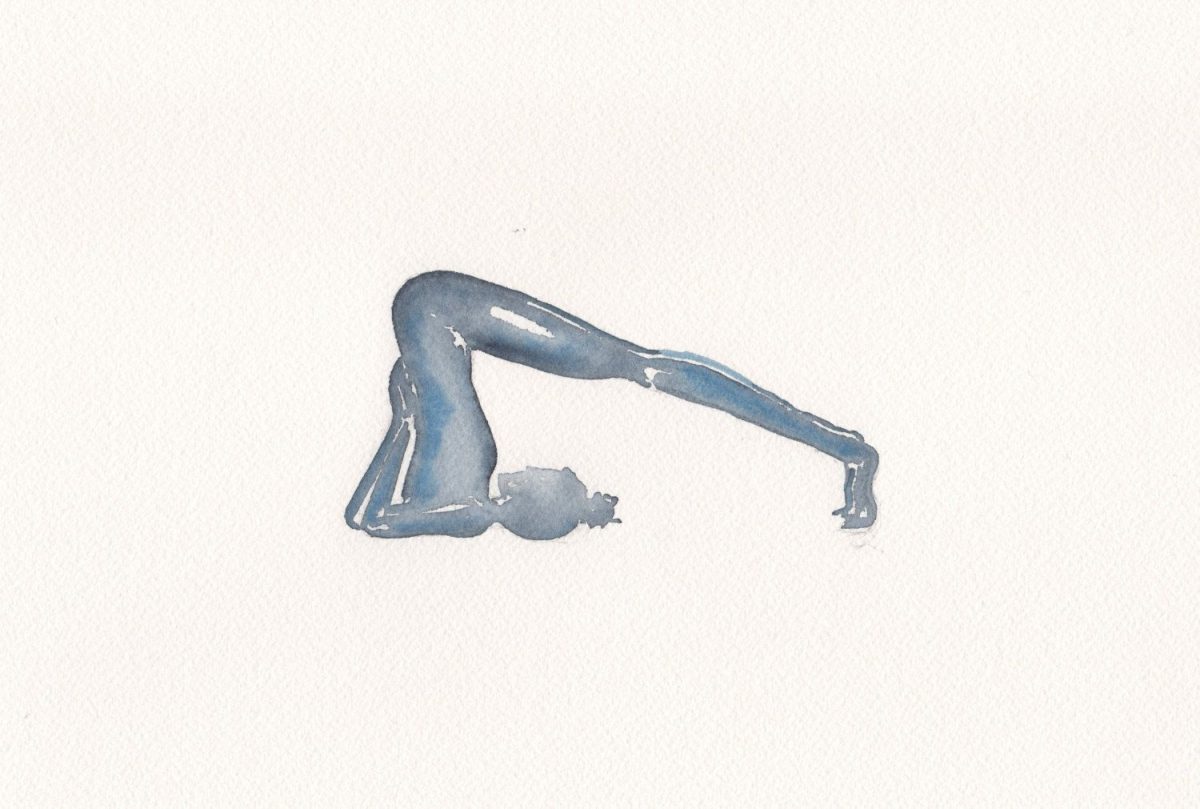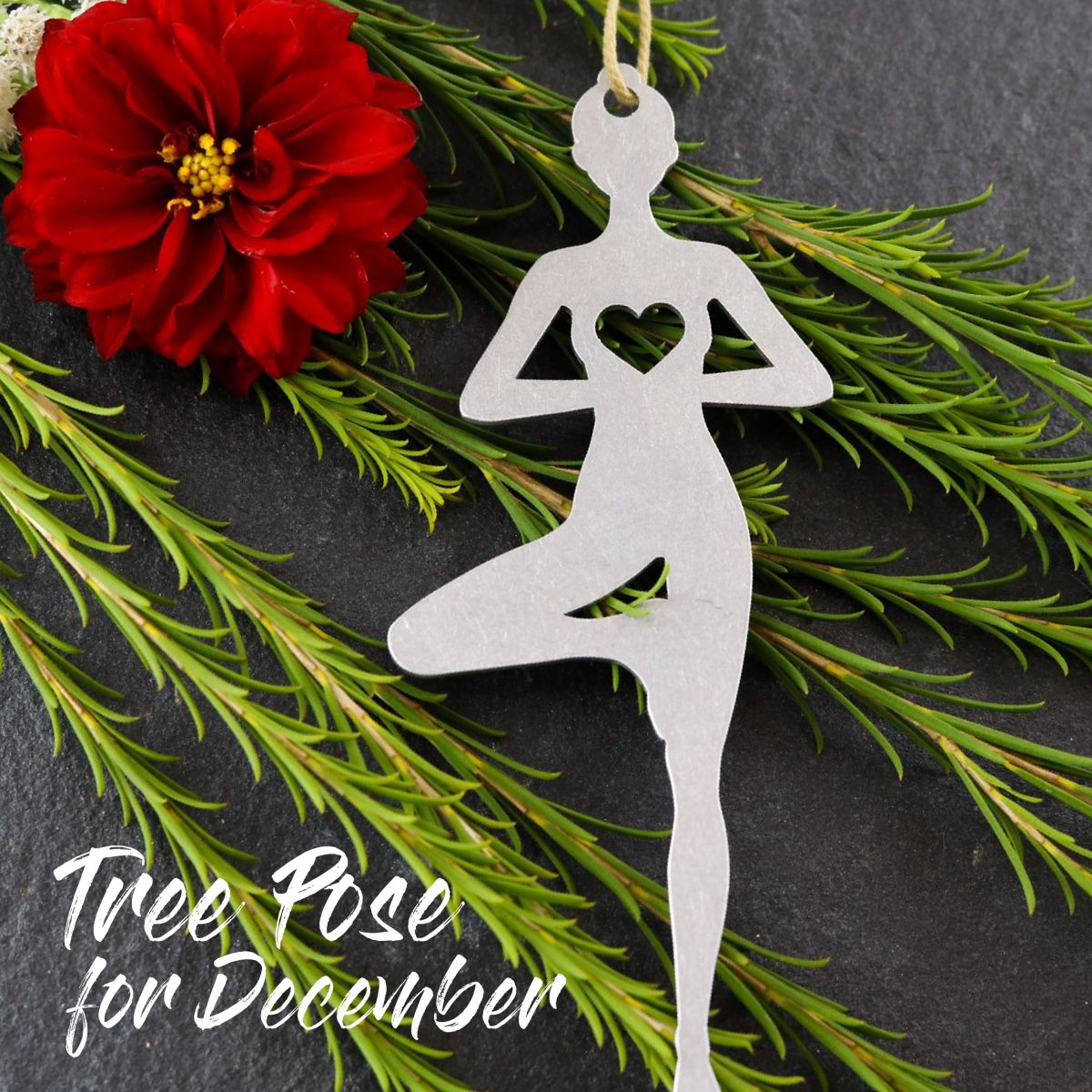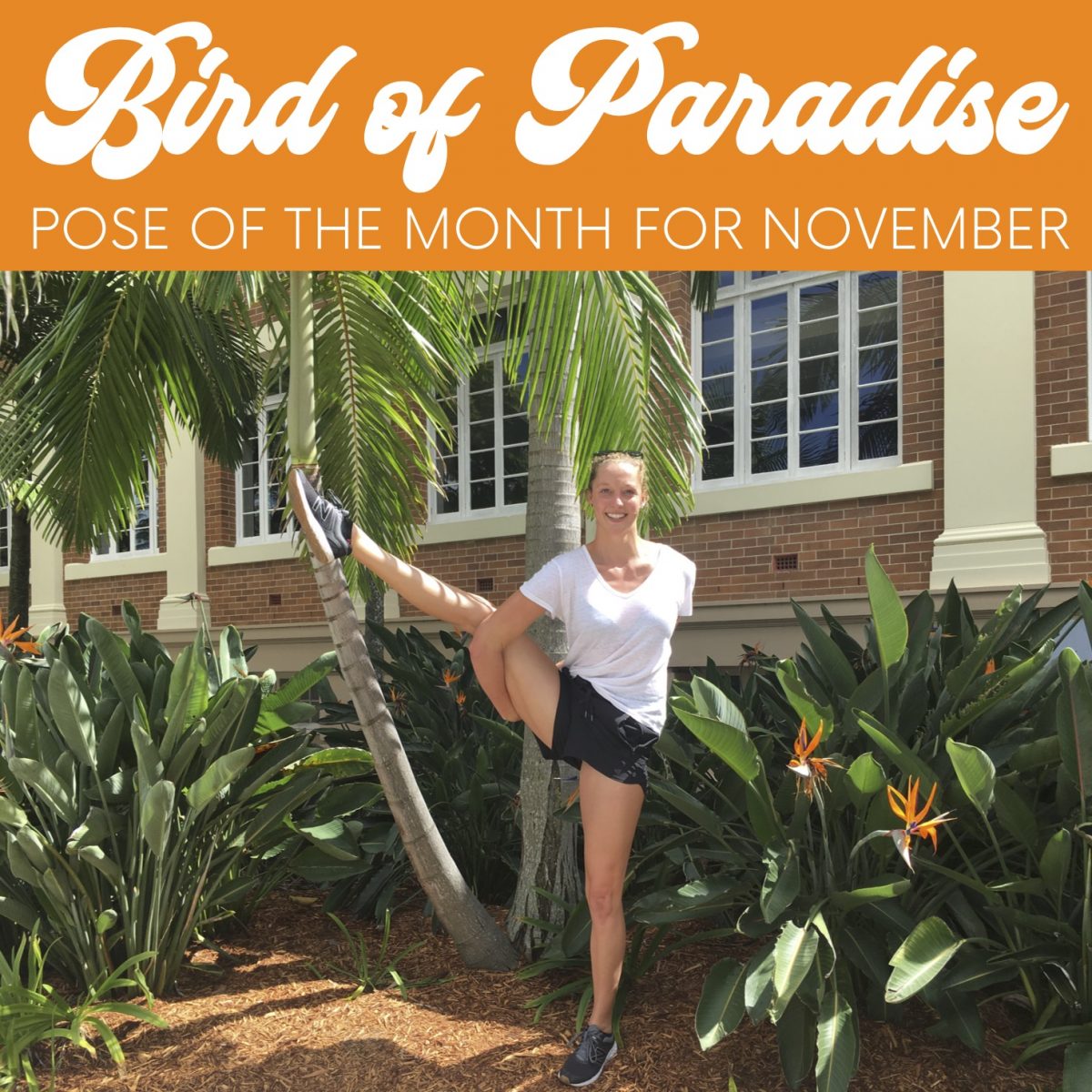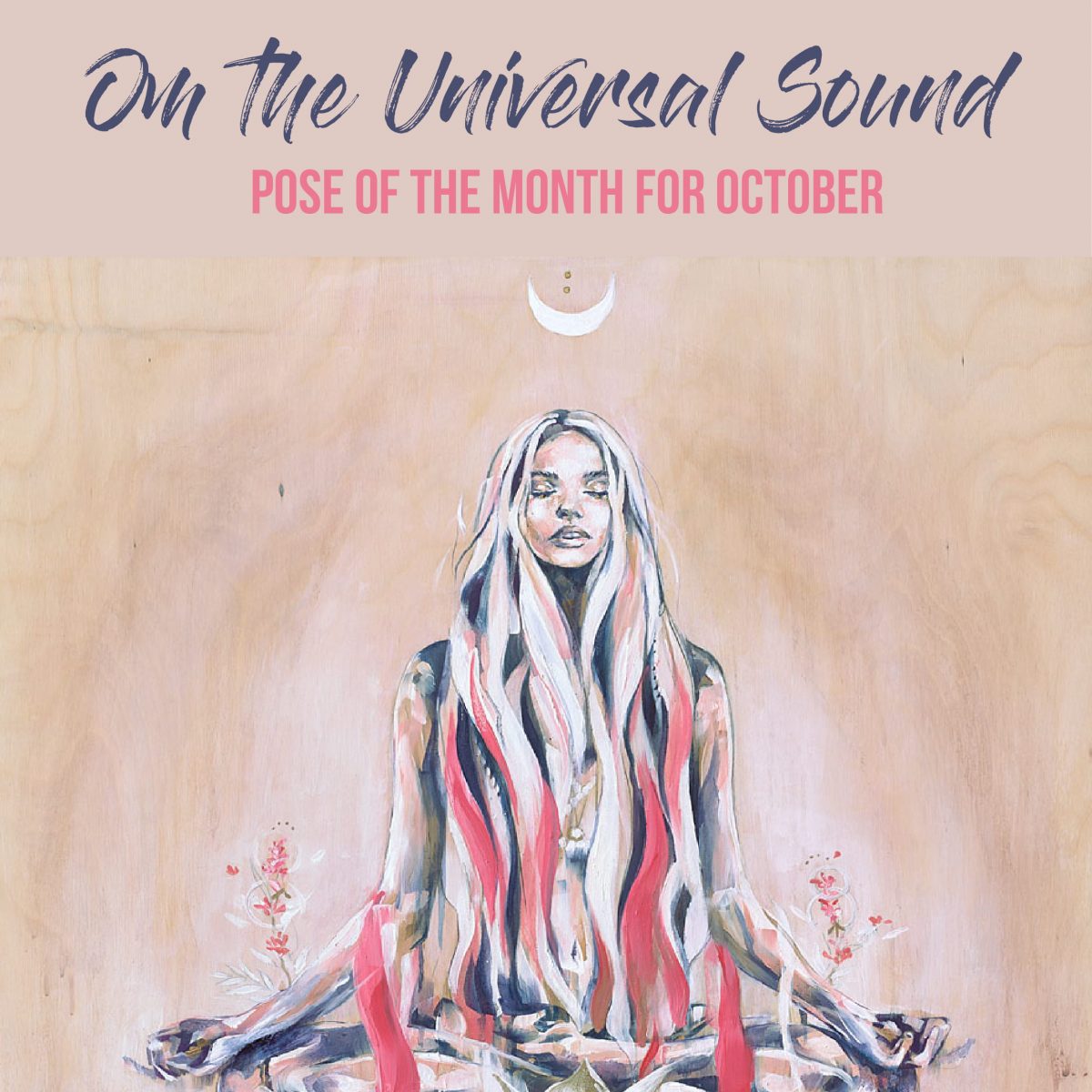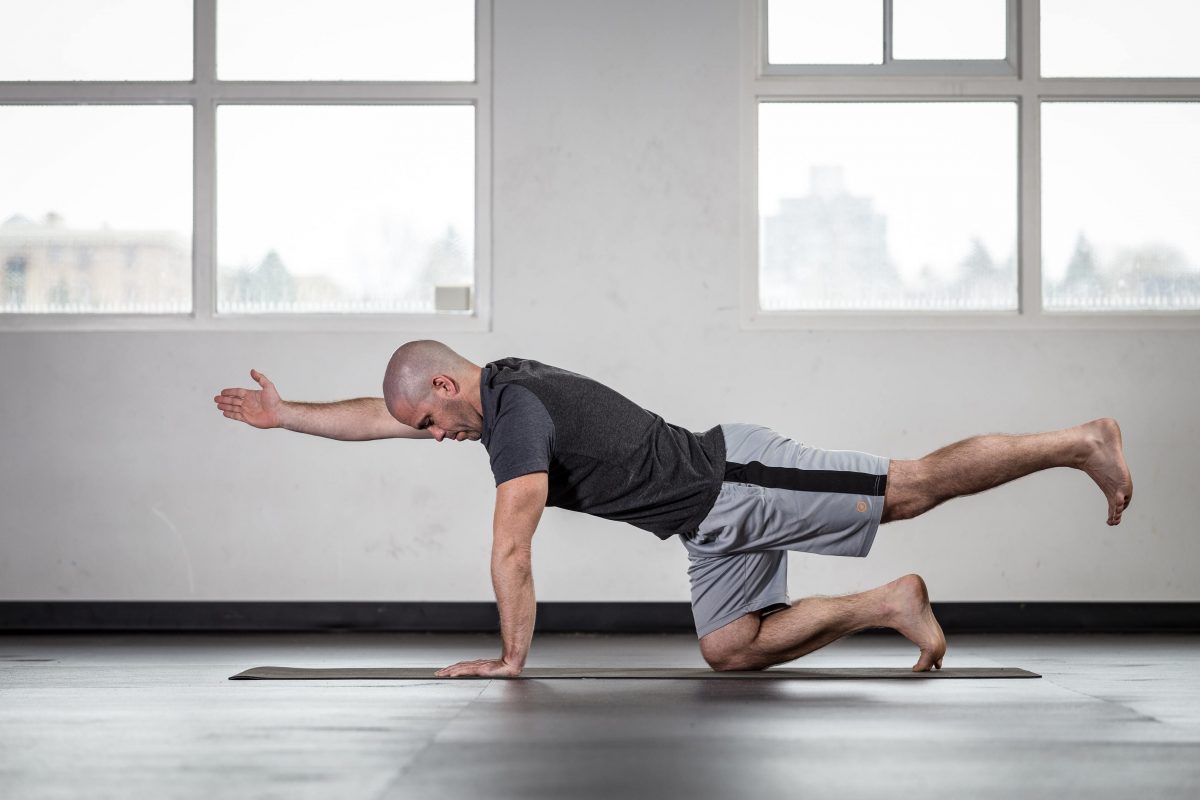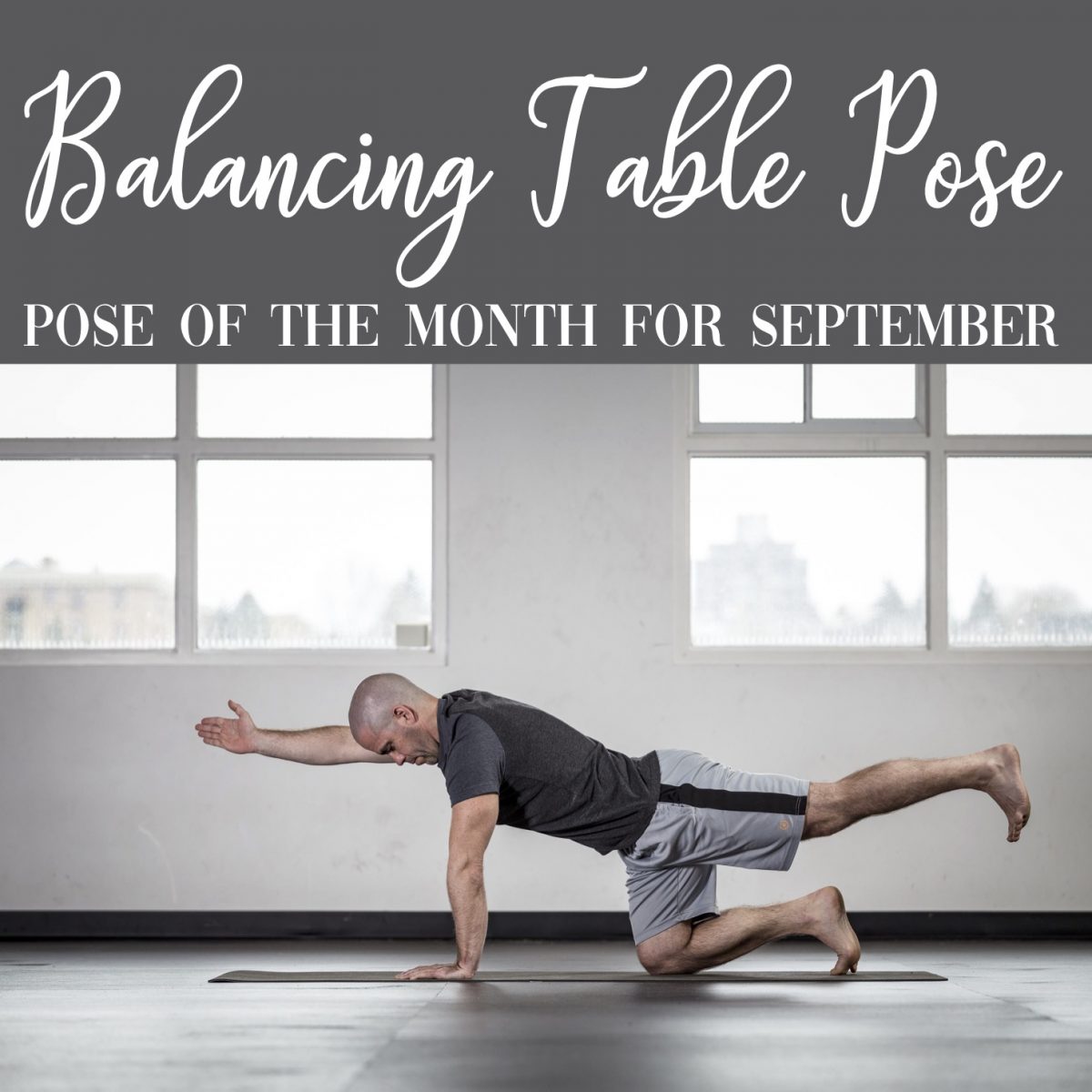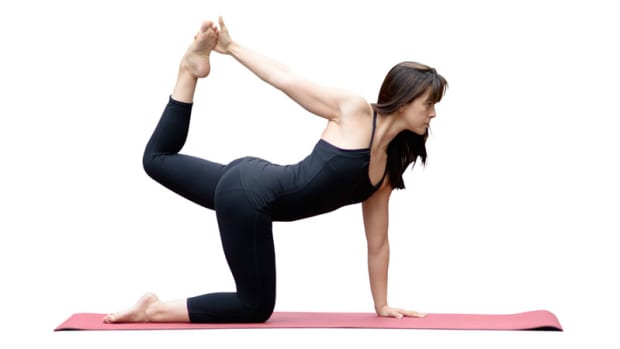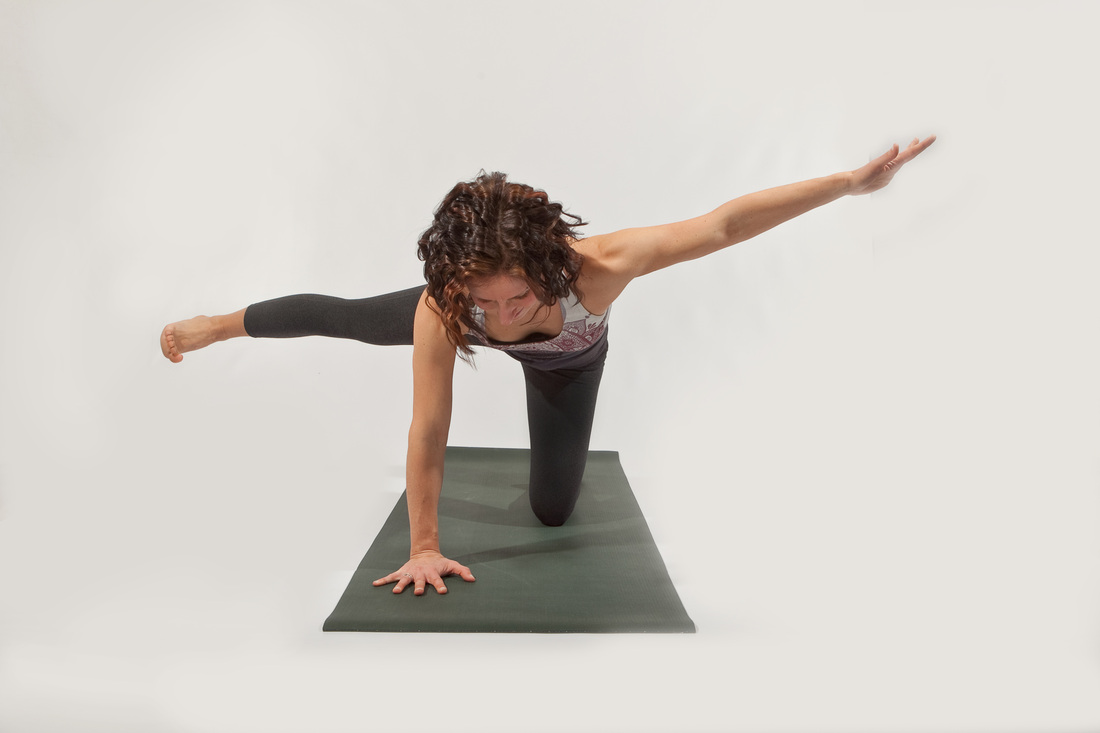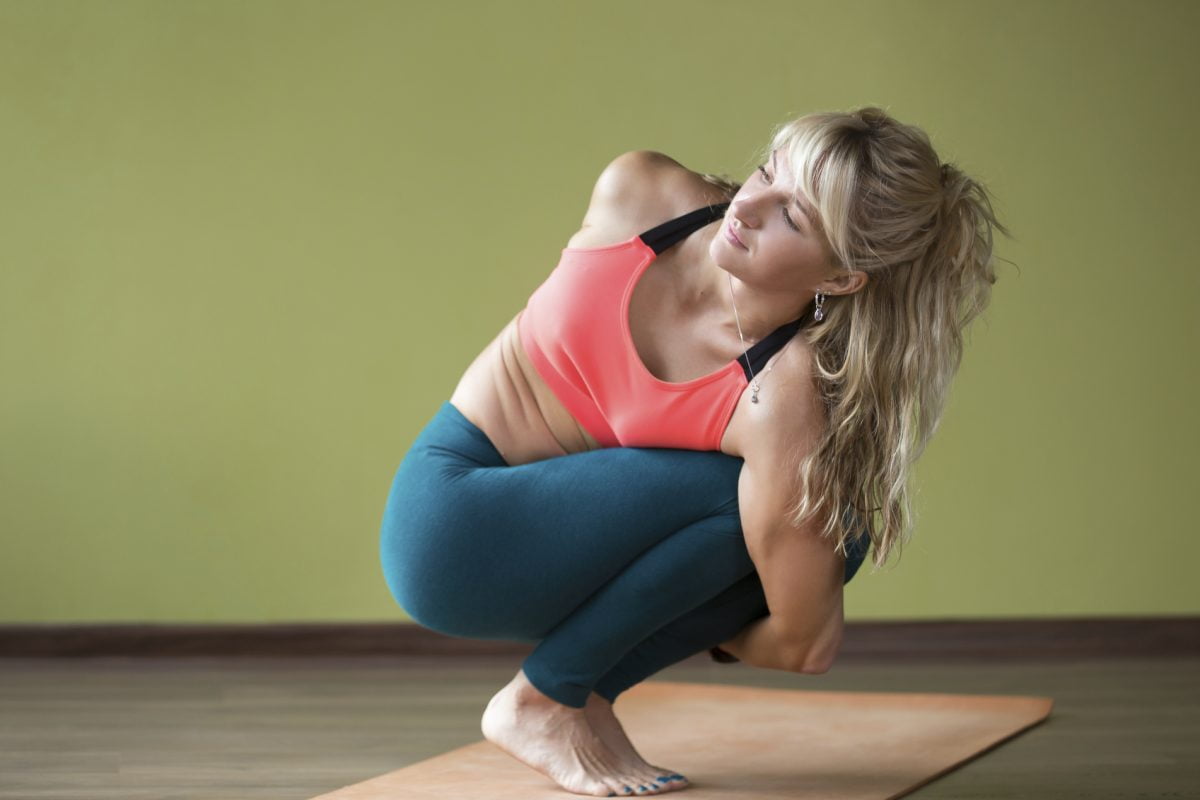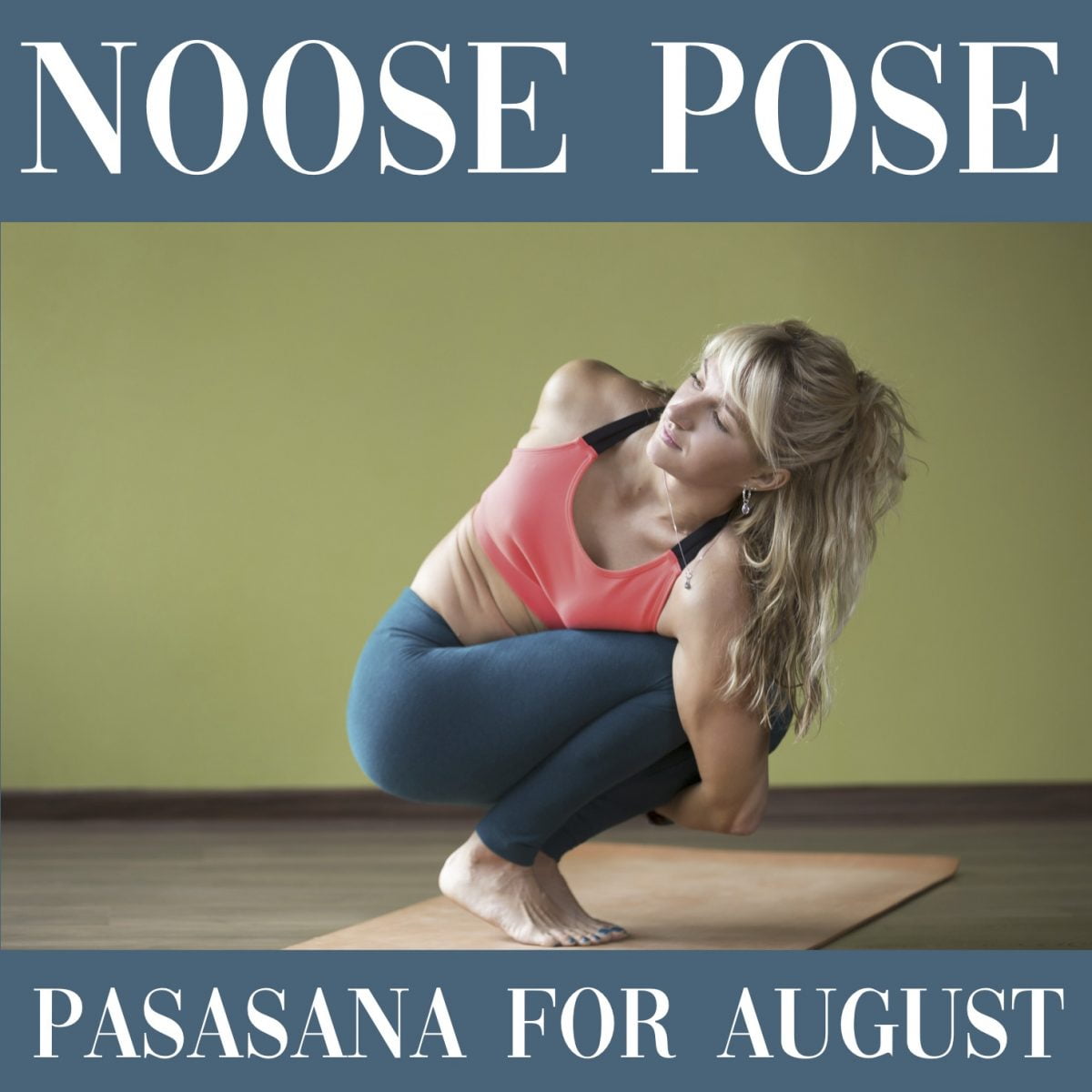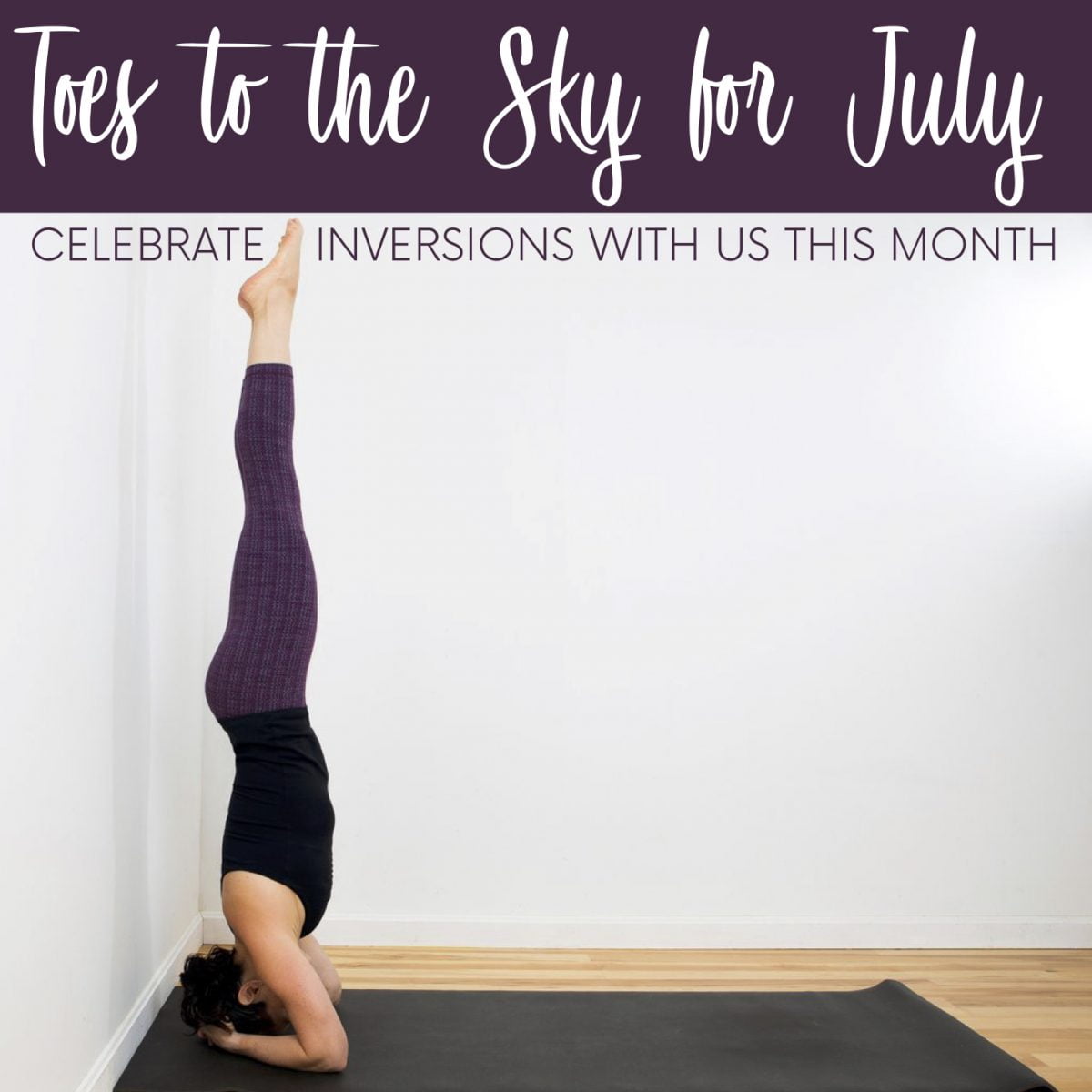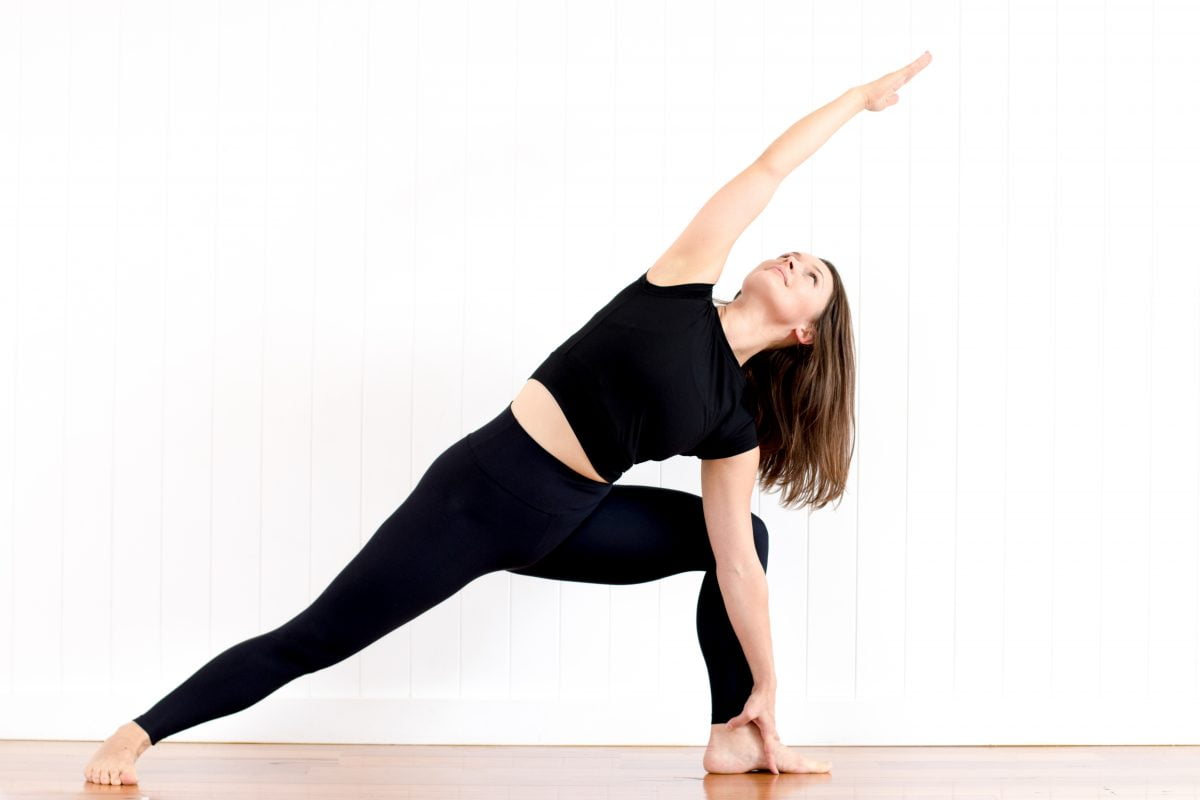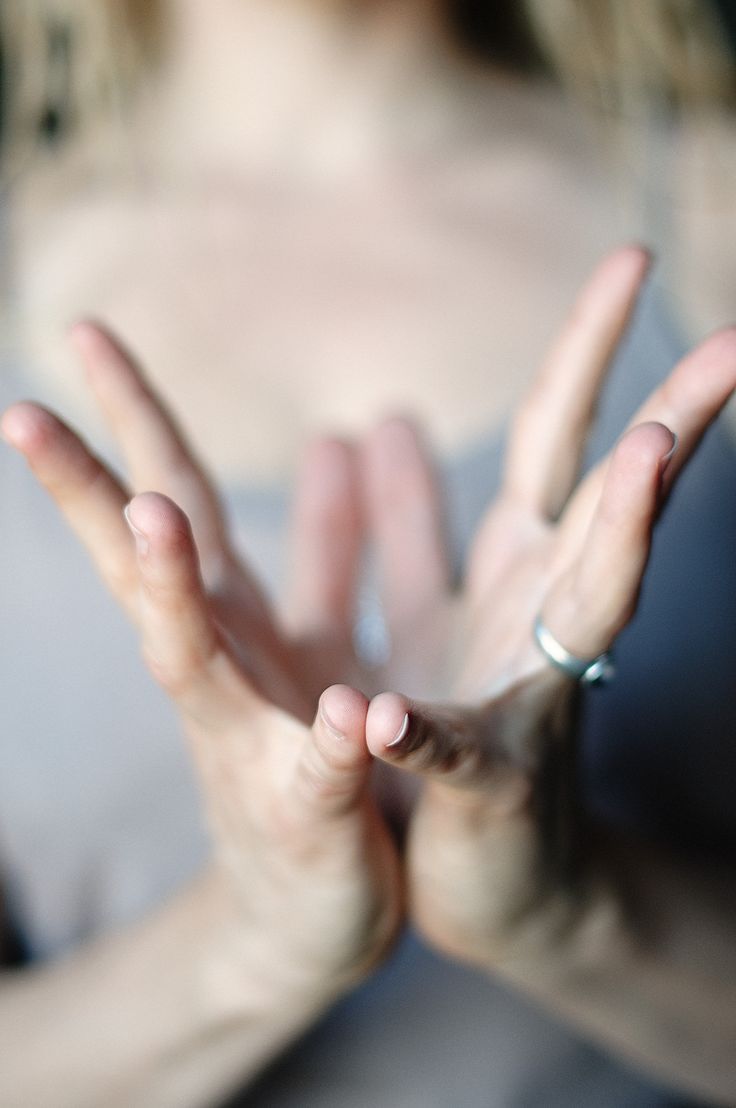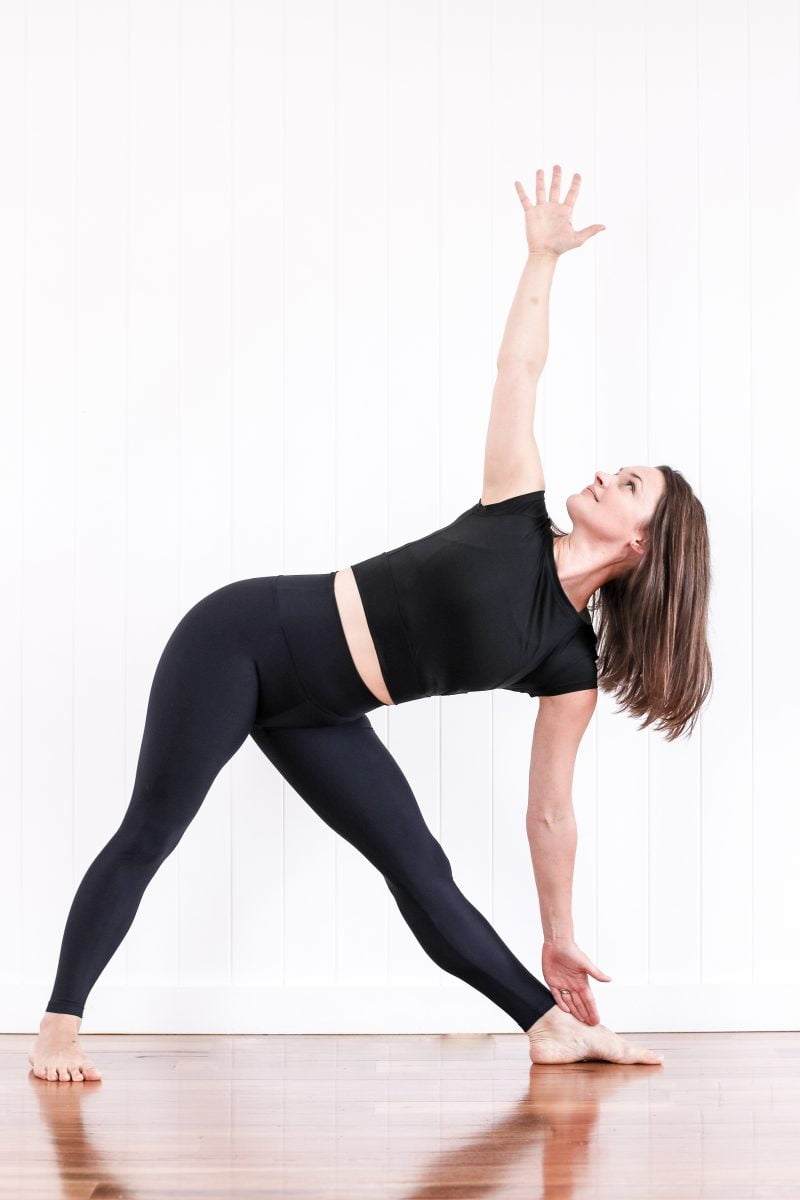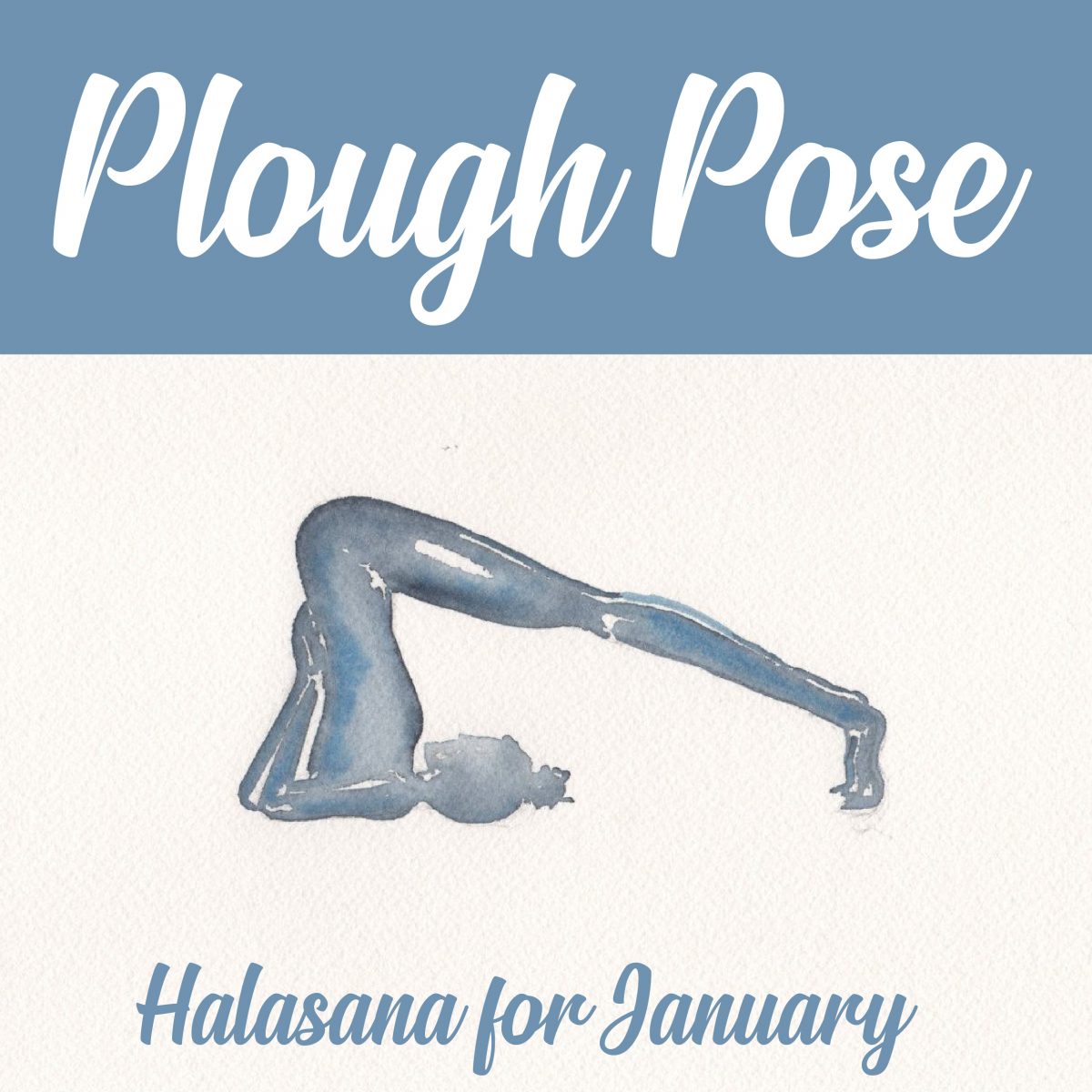
HALASANA - PLOUGH POSE
Happy new year, wonderful Zamis! We hope you've had a simply delicious festive season and an excellent start to the fresh year that is 2019!!
This month's featured pose, or Zamasana, is Plough Pose (also known as Halasana). Plough pose stretches our shoulders and spine, but more importantly it can help you sleep (might be handy, this time of year!), and is therapeutic for headaches, sinusitis and backaches. It also feels like a surrendering pose - we surrender to the year that is to come, and we are ready for all of the joy it has in store for us!
HOW TO
- Start in Shoulder Stand. (You can modify your Shoulder Stand by not fully straightening the legs.)
- Steady yourself, and on an exhale slowly bend from the hips and lower your straight legs until your toes reach the floor above your head.
- If your toes meet the floor, draw your tailbone towards the ceiling and your chin away from your sternum. You might like to extend your arms out, to rest on the floor.
- If your toes don't meet the floor, keep your elbows bent and your hands pressed on your lower back. You can keep your legs extended with toes hovering above the floor, or bend your knees and let the feet rest wherever comfortable.
- To leave Plough pose, bring your hands to your lower back, lift your legs up into Shoulder Stand again, and then slowly and gently unroll along your mat until you are laying flat on your back.
